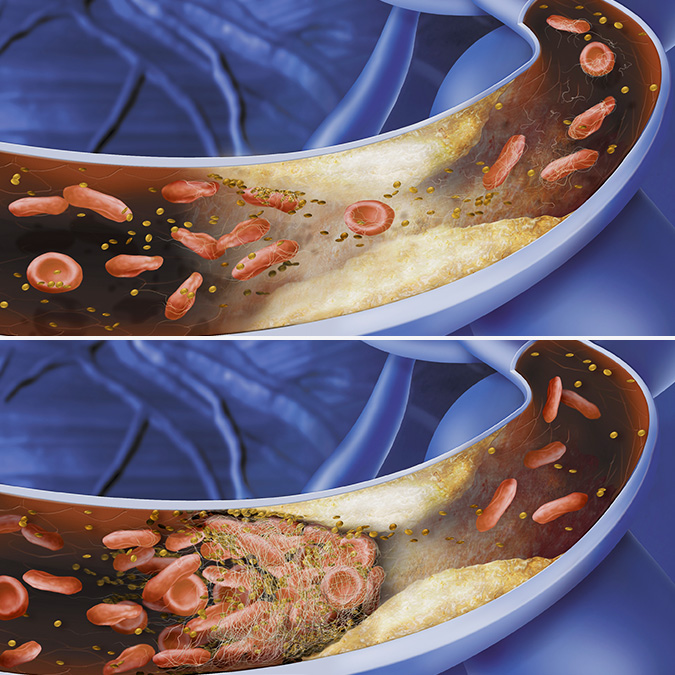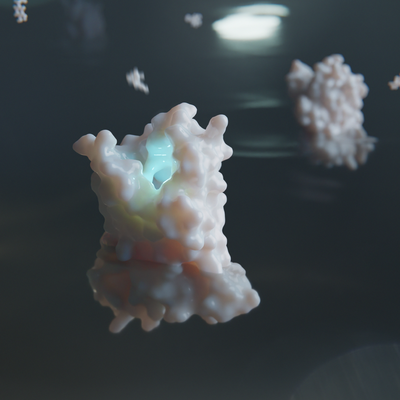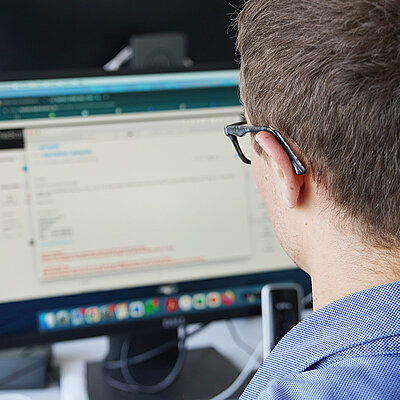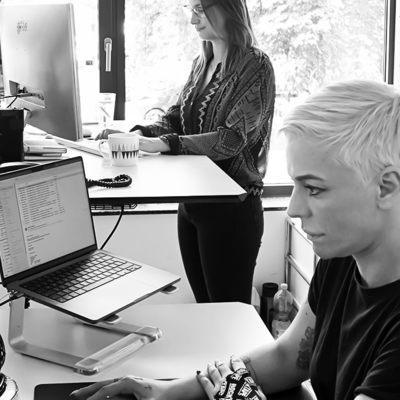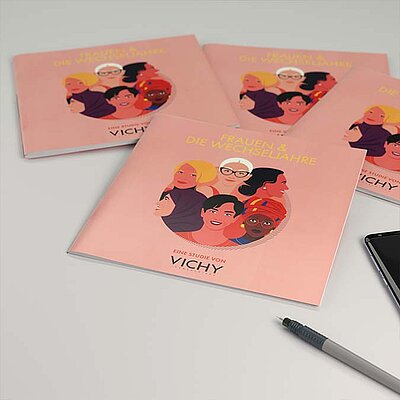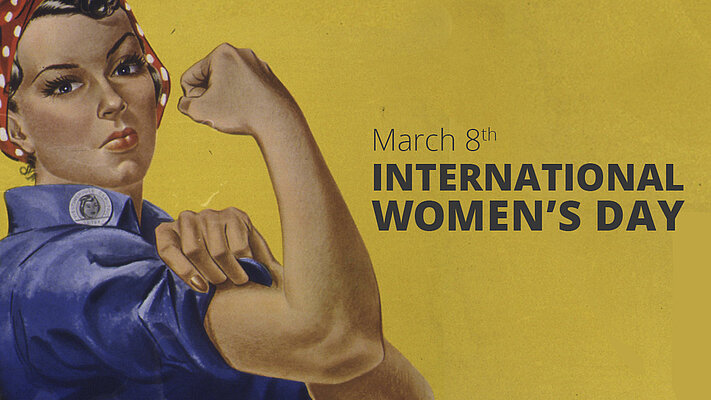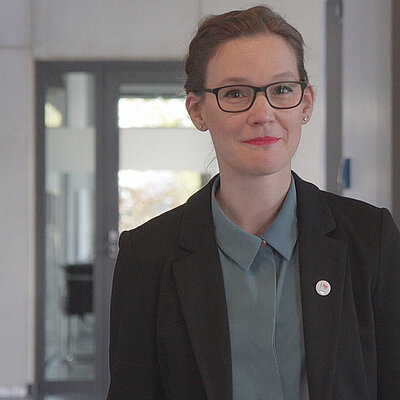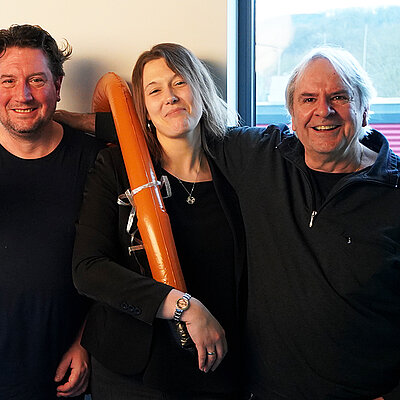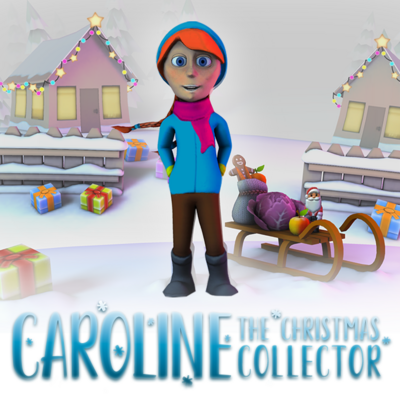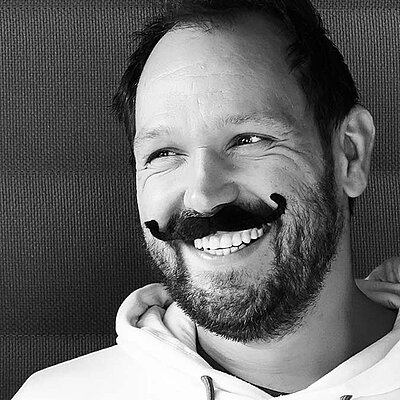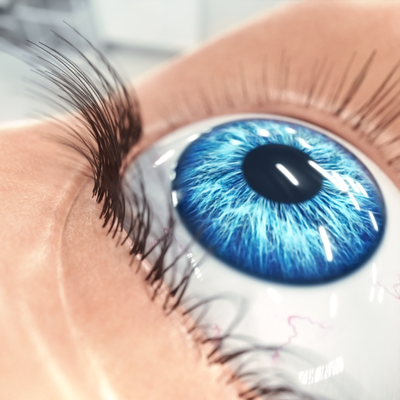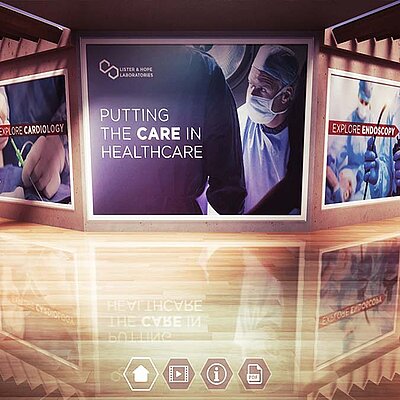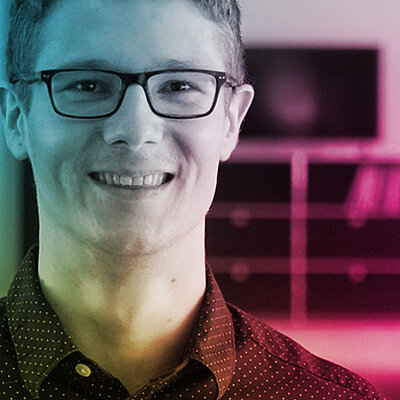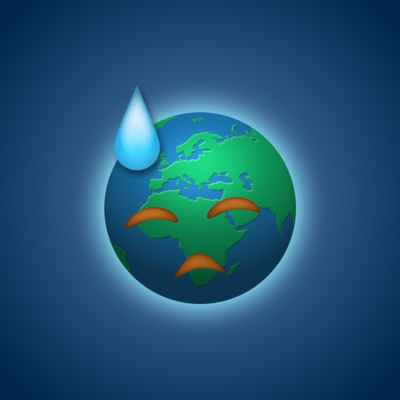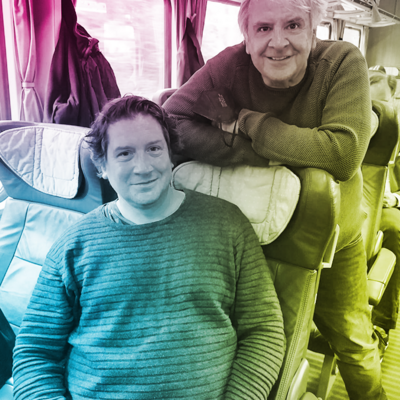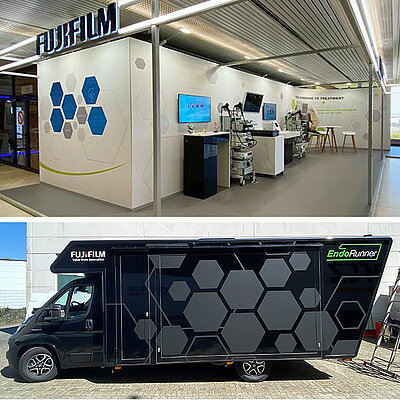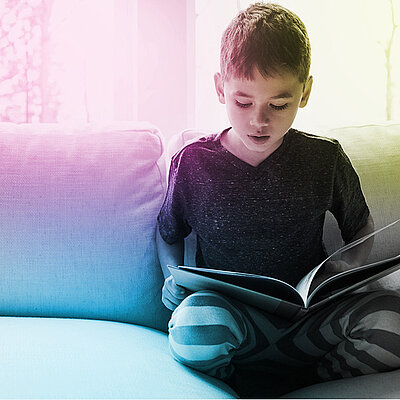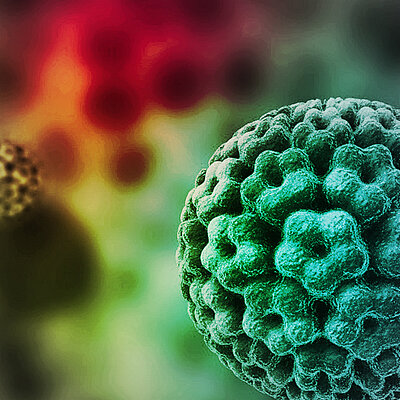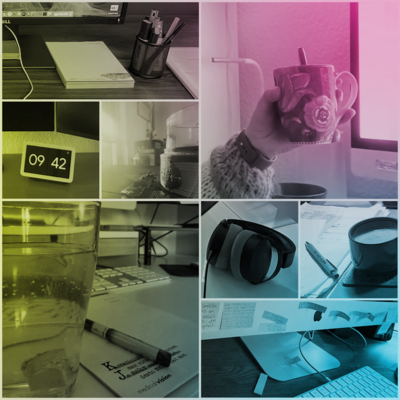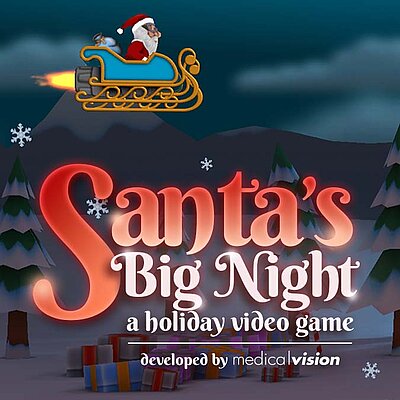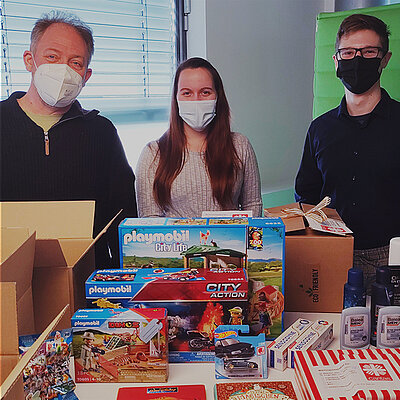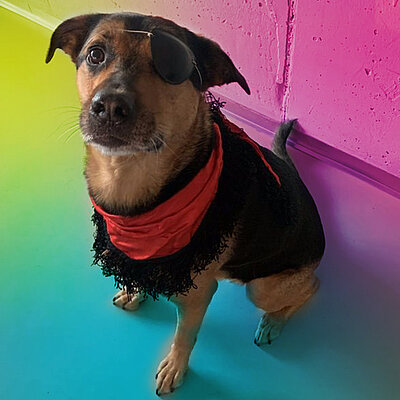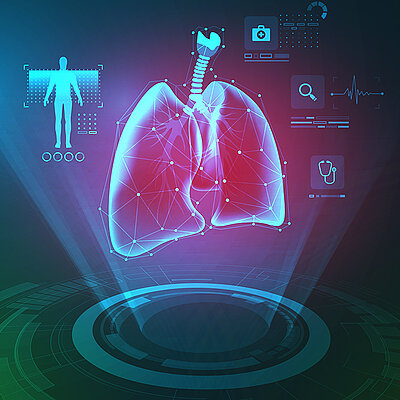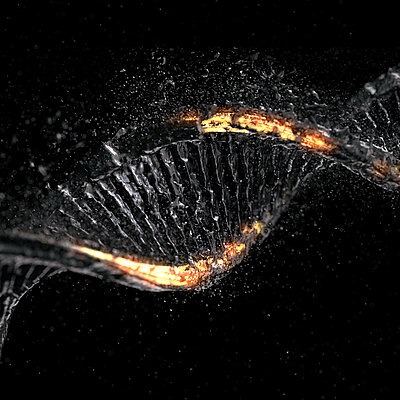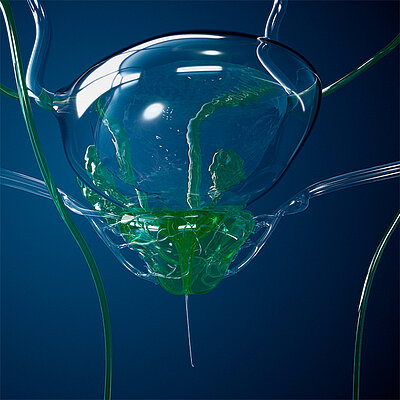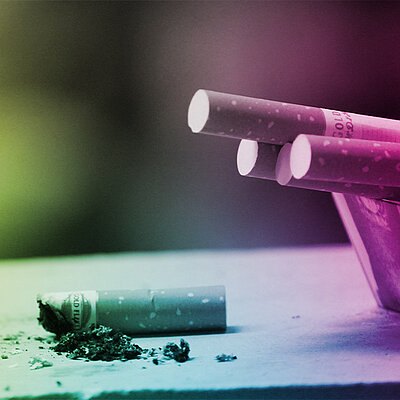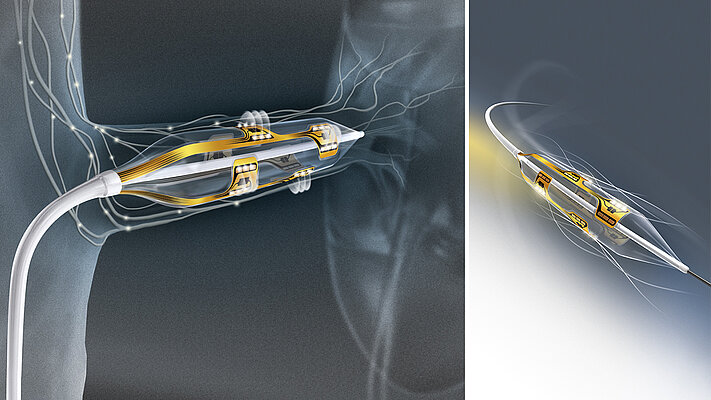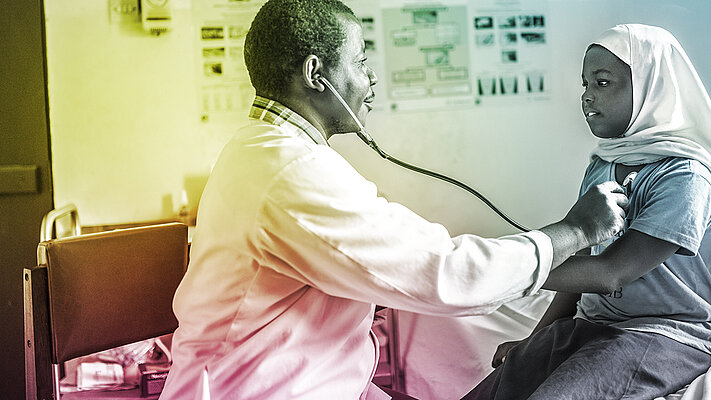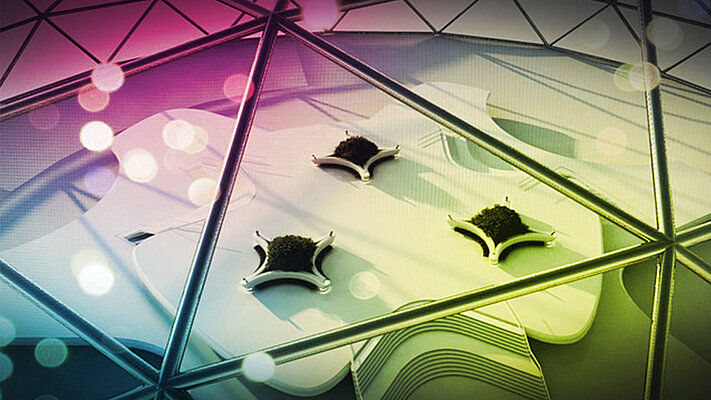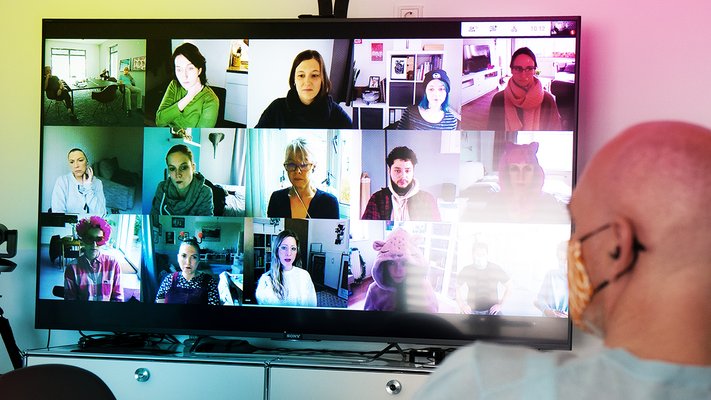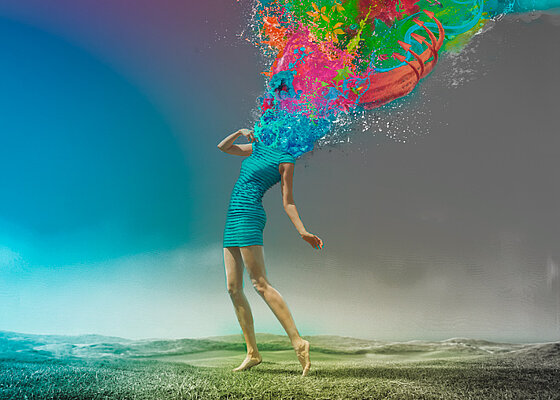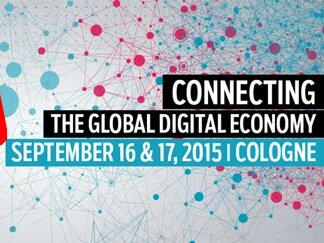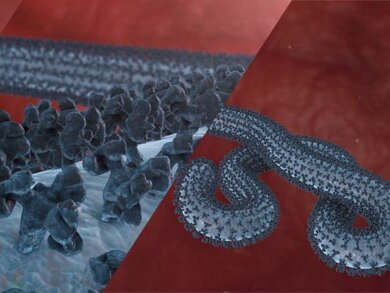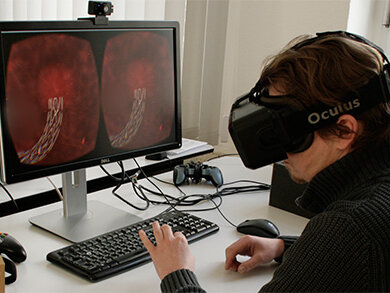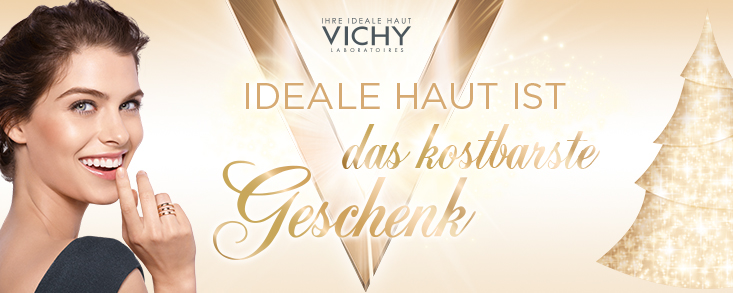Strokes are the fifth leading cause of death in the United States. Every year, nearly 800,000 people suffer from a stroke, and more than 130,000 die from them1. According to published statistics, in the European Union one in every six people will suffer from a stroke, and annually around 430,000 people die from them 2. It is the second most common cause of death after heart disease and the leading cause of long-term disability. More than one million survivors live with the consequences of their stroke, such as paralysis, communication difficulties, and problems with thinking, memory, or emotions. Strokes can have a devastating impact on the person suffering the stroke and those that care for them.
We hope that the information in this article will raise awareness of strokes and their dangers.
WHAT IS A STROKE?
A stroke is a medical emergency that occurs when the blood supply to the brain is interrupted. This can happen due to a blockage, such as a clot, or can caused by bleeding in the brain. When this happens, brain cells are deprived of oxygen and begin to die. This can lead to paralysis, problems with speech and vision, and even death.
There are two main types of strokes: ischemic and hemorrhagic. Ischemic strokes, which account for about 87% of strokes, occur when a blood clot blocks blood flow to the brain. Hemorrhagic strokes occur when a blood vessel in the brain bursts and bleeds into surrounding tissue.
Both types of strokes can be extremely dangerous, and it is important to know the signs so you can get help immediately if you or someone you know experiences them.
WHAT ARE THE SYMPTOMS OF A STROKE?
The most common symptom of a stroke is sudden weakness or paralysis in the face, arm, or leg. This can happen on one side of the body or all over. Other symptoms include sudden confusion or trouble speaking, trouble seeing with one or both eyes, dizziness or loss of balance, or a severe headache. If you suddenly experience any of these symptoms, call emergency services immediately and get to the hospital as quickly as possible.
WHAT SHOULD YOU DO IF YOU THINK SOMEONE IS HAVING A STROKE?
If you think someone is having a stroke, it is important to act quickly and call emergency services. Every minute that passes without treatment may mean more damage to the brain.
When you call emergency services, the operator will ask you questions about the symptoms. They will also give you instructions on how to perform a simple test called the FAST test:
- Face: Ask the person to smile. Does one side of their face droop?
- Arms: Ask the person to raise both arms. Does one arm drift downward?
- Speech: Ask the person to repeat a simple phrase. Is their speech slurred or hard to understand?
- Time: If you see any of these signs, it is time to get to the hospital.
HOW CAN YOU PREVENT A STROKE FROM HAPPENING?
There are several things you can do to reduce your risk of stroke.
Quit smoking
Smoking is one of the leading risk factors for strokes. If you do smoke, quitting is the best thing you can do to reduce your risk. 3
Cut back on alcohol
Drinking too much alcohol can also increase your risk of having a stroke. If you drink, limit yourself to two drinks a day or less.
Exercise
Exercising regularly is one of the best things you can do for your overall health, and it can also help reduce your risk of having a stroke.
Eat a healthy diet
Eating a healthy diet is another important part of reducing your risk of stroke. Eating plenty of fruits and vegetables, whole grains, and lean protein can help keep your blood pressure and cholesterol levels under control.
Maintain a healthy weight
Being overweight is a major risk factor for strokes. If you are carrying around extra weight, losing some of it can make a big difference in your health.
Manage your blood pressure
If you have high blood pressure, work with your doctor to manage it. This can often be done through lifestyle changes and/or medication.
If you have diabetes, manage your blood sugar levels
Diabetes is another condition that can increase your risk of having a stroke. If you have diabetes, talk to your doctor to develop strategies keep your blood sugar levels under control.
By following these simple tips, you can reduce your risk of stroke. However, it is important to remember that strokes can happen to anyone at any time, so it is always important to be aware of the signs and symptoms.
If you have already had a stroke, there are also things you can do to reduce your risk of having another one. As in the case of any medical condition, talk with your doctor before taking any medications or changing any medications you are already taking.
These include:
- taking medication to thin your blood
- wearing a special device called a “hemodialysis access device”
- undergoing surgery to remove blockages in your arteries 4
WHAT ARE THE LONG-TERM EFFECTS OF HAVING A STROKE?
The long-term effects of a stroke depend on the area of the brain that was affected. They can range from mild to severe and can include paralysis, problems with speech and vision, difficulty swallowing, and memory problems. In severe cases, people may need to be permanently cared for in a nursing home or other facility.
Stroke is a leading cause of death and disability, costing economies billions each year. However, it’s also a largely preventable disease.
Findings show that stroke costs European countries €60 billion annually, with health care accounting for 45% of these costs. Productivity losses account for another €12 billion, while informal care amounts to €1.3 billion. 5
This is why it’s so important to be aware of the signs and symptoms of stroke and know what to do if you or someone you love experiences a stroke. We hope this post has been informative and thank you for reading!
References:
1. www.cdc.gov/stroke/facts.htm
2. www.ahajournals.org/doi/10.1161/STROKEAHA.120.029606
3. www.ncbi.nlm.nih.gov/pmc/articles/PMC6708836/
4. www.ncbi.nlm.nih.gov/pmc/articles/PMC5020564/
5. www.ncbi.nlm.nih.gov/pmc/articles/PMC7092742/
The information presented in this article is not intended to act as a substitute for professional medical guidance and should not be relied upon as a medical diagnosis or advice. Each individual is unique and as such you should speak to your doctor or other qualified health professional regarding your own personal individual health or medical condition should you have questions about a specific / potential health related situation.

